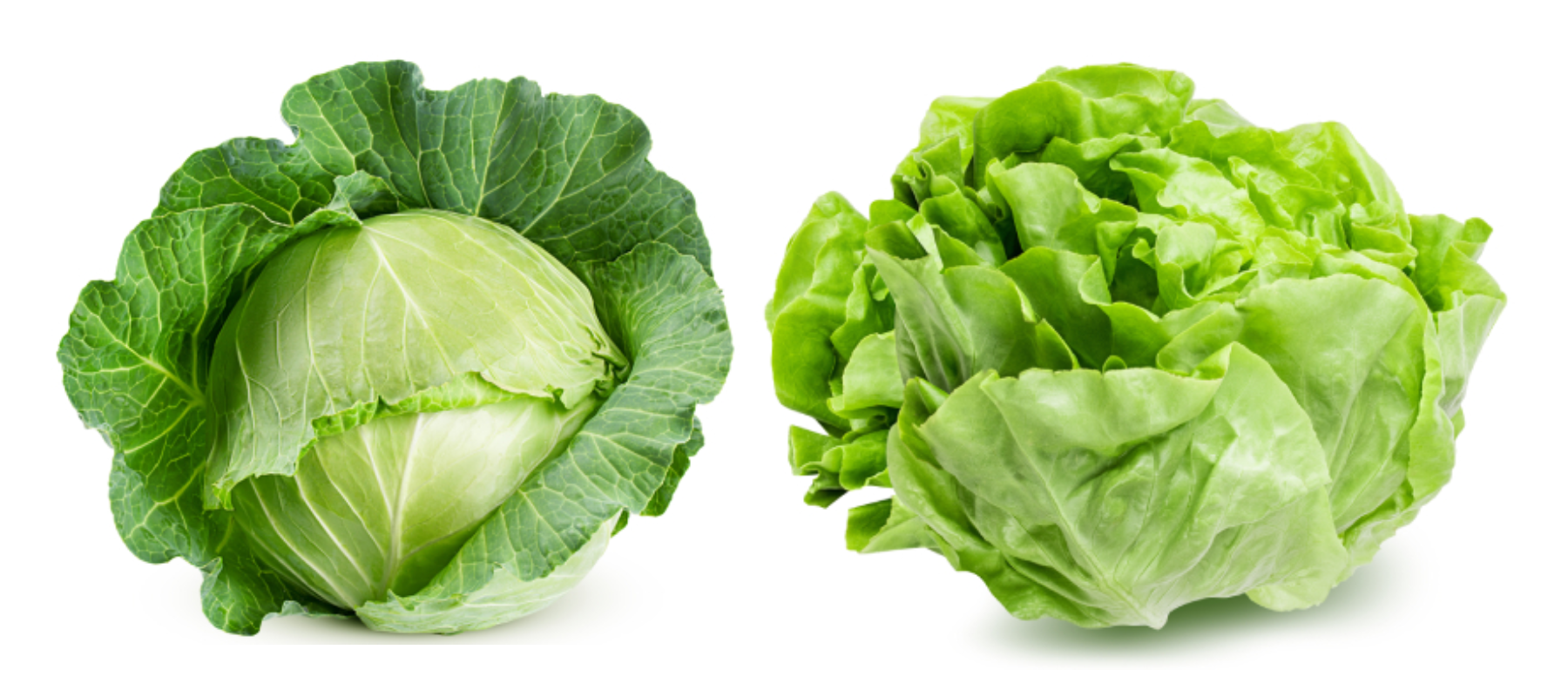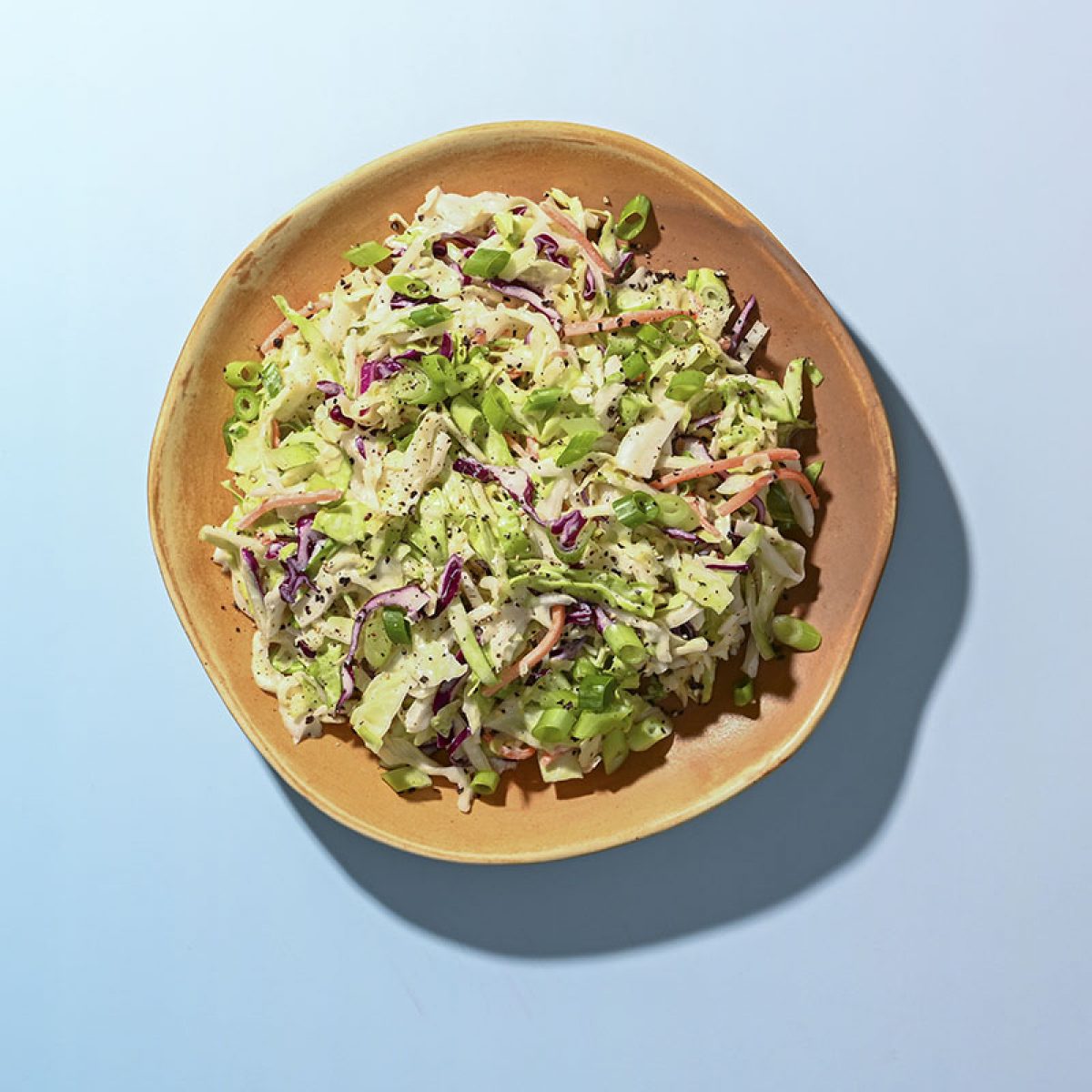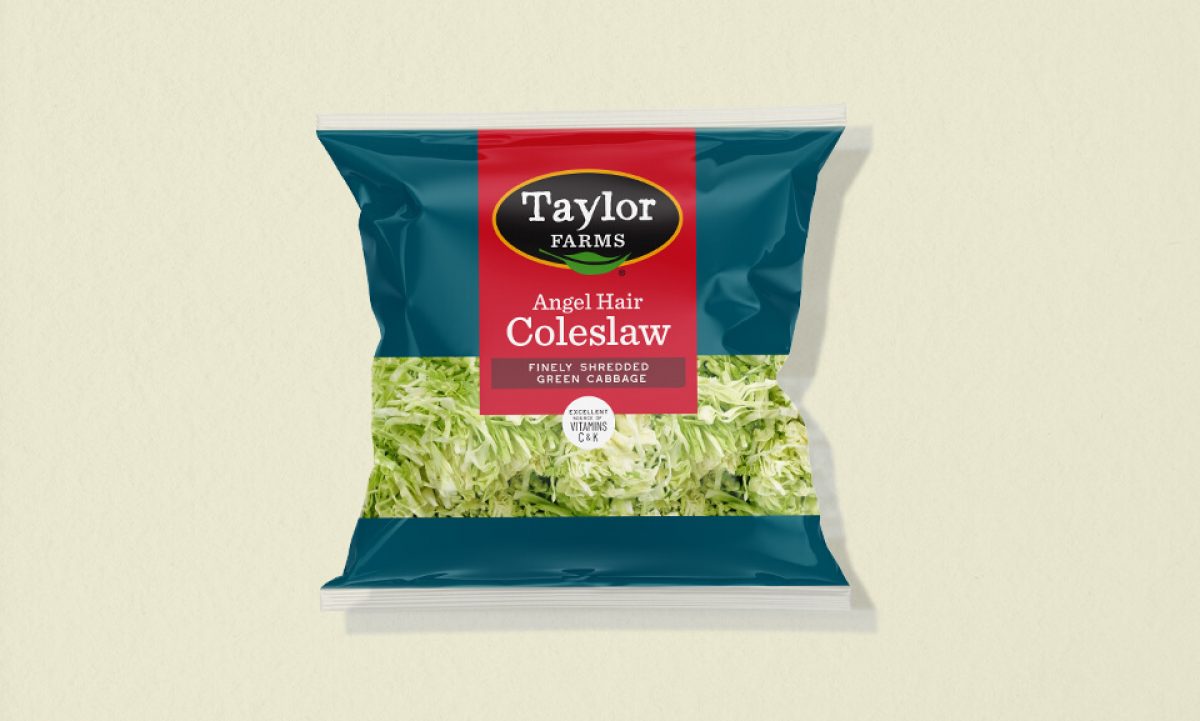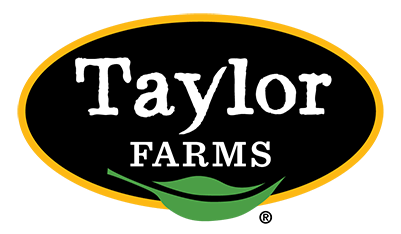When it comes to leafy greens, cabbage and lettuce tend to get mentioned in the same breath. We get it — a head of iceberg lettuce looks very similar to green cabbage. But while both are staples in many diets and often serve as foundational salad ingredients, they are actually very distinct in many ways.
So, is cabbage lettuce, or is lettuce cabbage? Is one better than the other? Which one would win in a fight? Or a race?
Let’s take a moment to explore the differences and similarities between cabbage and lettuce, delve into their nutritional profiles, and, ideally, help clear things up a bit.

Is Cabbage Lettuce?
No, not even close. Although cabbage and lettuce might look similar at first glance, they are quite different. Cabbage belongs to the Brassicaceae family, which includes cruciferous vegetables like broccoli, cauliflower, and Brussels sprouts. Lettuce, on the other hand, is part of the Asteraceae family, which also includes chicory and even artichokes.
Are Cabbage and Lettuce the Same?
No, cabbage and lettuce are not the same. Here are some key differences:
- Texture and Structure: Cabbage leaves are denser and have a tougher texture compared to the light and tender leaves of lettuce. This makes cabbage more suitable for dishes that require a bit of crunch and structure, like coleslaw.
- Flavor: Cabbage has a more robust, sometimes slightly peppery flavor, while lettuce is typically milder and more delicate.
- Uses: Lettuce is commonly used in fresh salads and sandwiches, whereas cabbage is versatile enough to be used in salads, stir-fries, soups, and fermented dishes like sauerkraut and kimchi.
Nutritional Comparison
Both cabbage and lettuce are low in calories and high in essential nutrients, but they have very different nutritional profiles:
- Vitamins and Minerals: Cabbage is particularly rich in vitamins C and K, folate, and fiber. Lettuce, especially darker varieties like romaine, is a good source of vitamins A, K, and folate, but generally contains less fiber than cabbage.
- Antioxidants: Cabbage contains a higher amount of antioxidants, such as sulforaphane and anthocyanins, which are beneficial for reducing inflammation and protecting against certain diseases.

Is Coleslaw Cabbage?
Yes, coleslaw is traditionally made with cabbage. A classic coleslaw recipe includes finely shredded cabbage mixed with a tangy dressing, often mayonnaise-based. However, variations may include other ingredients like broccoli, carrots, and kohlrabi, but the star of the show remains cabbage.
How to Cut Cabbage for Coleslaw
Preparing cabbage for coleslaw is fairly straightforward but requires a bit of technique to achieve that perfect texture:
- Remove Outer Leaves: Start by peeling off the tough or dirty outermost leaves of the cabbage.
- Quarter the Cabbage: Cut the cabbage into quarters, removing the core from each section.
- Shred the Cabbage: Use a sharp knife, mandoline, or food processor to shred the cabbage into thin slices. Aim for consistency in size to ensure even mixing and a pleasant texture.
Of course, there are easier ways — such as using our Tri-Color Slaw which is already shredded, washed, and ready to smother in your favorite coleslaw dressing.
What is Angel Hair Cabbage?
Angel hair cabbage is finely shredded into thin, delicate strands, much like angel hair pasta. This type of cut is perfect for dishes where you want the cabbage to blend seamlessly with other ingredients, providing a light and airy texture.
(Psst… Pick up a bag of our Angel Hair Coleslaw and see for yourself!)

Health Benefits of Cabbage and Lettuce
Both cabbage and lettuce offer some notable health benefits:
- Cabbage: Rich in antioxidants, cabbage supports immune function, reduces inflammation, and improves digestion thanks to its high fiber content. The presence of glucosinolates also helps detoxify the body and may reduce cancer risk. Red cabbage is widely considered the most nutrient-dense.
- Lettuce: Known for its high water content, lettuce helps keep you hydrated. It’s also a good source of vitamins A, C, and K, which are essential for vision and bone health. Most varieties of lettuce will provide all of these benefits, but if you’re looking for the most bang for your buck in terms of nutrients, romaine is typically the way to go.
Finally, Some Clarity
So, is cabbage lettuce? Or is lettuce cabbage? No, and no. While they share some similarities, they are distinctly different vegetables with unique flavors, textures, culinary uses, and nutritional benefits. That said, whether you’re preparing a crisp coleslaw with cabbage or a refreshing salad with lettuce, both leafy greens deserve a place in your kitchen.
Our take? Embrace their differences and enjoy the versatility they bring to your meals!
